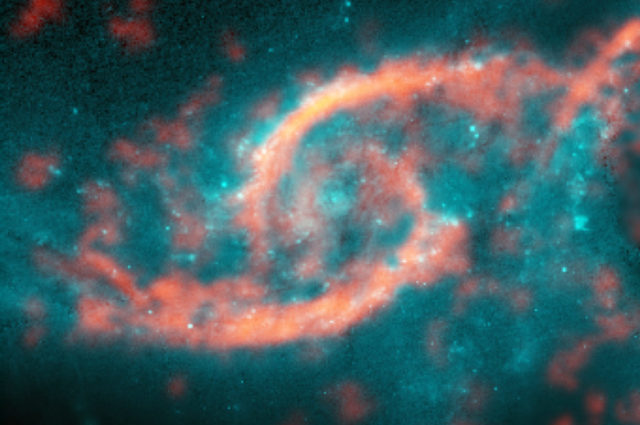
Dazzling eyelid-like features bursting with stars in galaxy IC 2163 formed from a tsunami of stars and gas triggered by a glancing collision with galaxy NGC 2207. ( M. Kaufman; B. Saxton (NRAO/AUI/NSF); ALMA (ESO/NAOJ/NRAO); NASA/ESA Hubble Space Telescope)
Galactic Fender-Bender Produces Eye-Lid Shaped Feature
A team of astronomers say what started as a fender-bender between two galaxies has sent a torrent of stars and gas crashing through the center of one, which then produced a rare eyelid shaped star formation.
Working with the Atacama Large Millimeter/submillimeter Array (ALMA), in Chile, the astronomers identified the colliding galaxies as NGC 2207 and IC 2163, which are both located some 114 million light-years from Earth in the Canis Major constellation.
IC 2163 is the galaxy that took the brunt of the storm of stars and gas, which produced the eyelid formation.
Both galaxies were identified as spiral galaxies, just like our own Milky Way.
Astronomer Michele Kaufman, lead author of a study that details the discovery, says that while galaxy collisions of this type aren’t uncommon, only a few galaxies with eye-like, or ocular, structures are known to exist.
She said the eyelid formation should last for a few tens of million years, a relatively short time when you consider the lifespan of a galaxy.
Scientists Find Temporary Crack in Earth’s Magnetosphere
Indian scientists say that the Earth’s protective magnetosphere cracked momentarily during a powerful solar storm back on June 22, 2015.
The storm was the result a coronal mass ejection, or blasts of plasma from the sun’s corona or outer atmosphere a few days earlier.
The magnetosphere is an area of space that surrounds Earth and helps prevent most of the highly charged solar particles from hitting the surface.
The scientists found that the burst of high-energy from the storm smacked into the magnetosphere at a speed of about 2.5 million kilometers per hour.
The researchers observed the blast of solar energy with India’s GRAPES-3 muon telescope, a device that detects and monitors cosmic rays.
Information from their observations were used to perform numerical simulations, which indicated the temporary crack in the magnetosphere. While short-term radio outages were reported during this time, the solar storm apparently did not cause any known serious damage here on Earth.
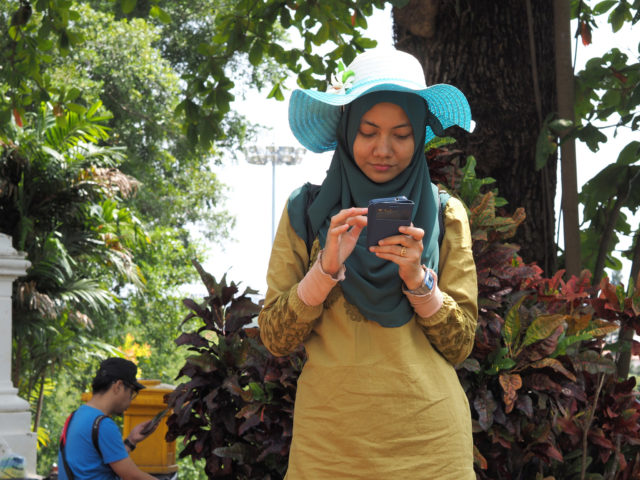
Woman checks her smartphone. (John Ragai via Creative Commons/Flickr)
Are Smartphones Making Us Less Trusting?
It’s hard to deny that the smartphone is a modern technological wonder.
It is a light and relatively small device that can fit in the palm of your hand, yet it can link you to the Internet, take photos and videos, give you directions and, oh yeah, make and receive telephone calls and texts.
Some people say they couldn’t live a day without theirs.
But, are smartphones making us less trusting of others?
Authors of a newly released study, Kostadin Kushlev of the University of Virginia and Jason D. E. Proulx of the University of British Columbia, gauged the relationship between access to mobile information and trust by surveying over 2,000 Americans.
The survey included questions such as how often they depend on mobile information technology and how much they trust other groups, including family, neighbors, foreigners and strangers.
The results of the research, published in the journal PLoS ONE, suggest that the more a person depends on smartphones for information, the less likely they are to trust other people.
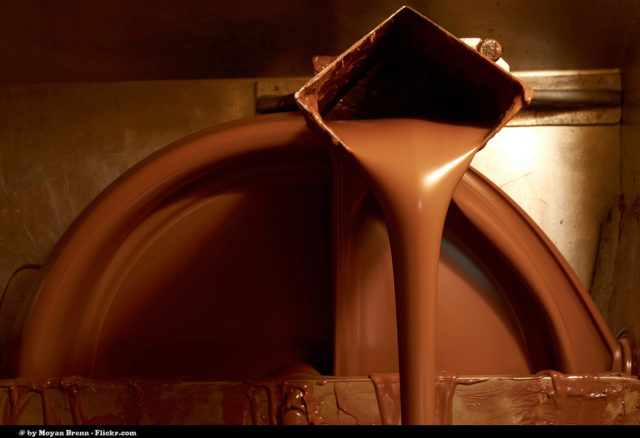
A liquid milk chocolate spring inside the chocolate museum of Antica Norba, in the little ancient town of Norma in Italy. (Moyan Brenn via Cfreative Commons/Flickr)
Scientists May Have Found a Way to Make Milk Chocolate Healthy
Studies have shown that eating dark chocolate can actually be good for you.
Dark chocolate is thought to be quite nutritious and is loaded with antioxidants, which may help slow down aging and prevent diseases, including cancer.
The problem is that dark chocolate can have a bitter taste, especially when compared to its much more popular sibling, milk chocolate.
Unfortunately, milk chocolate doesn’t have the same kind health benefits dark chocolate has.
So you are forced to make a decision: dark chocolate that may not taste very good, but is healthy for you or tasty and sweet milk chocolate, which isn’t as healthy.
But, researchers from North Carolina State University say they may have found a way of making a milk chocolate with even more of the nutritional benefits of dark chocolate.
To make the milk chocolate healthier the researchers fortified it with a mixture of a sweet food additive along with compounds from peanut skin, which are said to be packed with nutrients.
The researchers said they did not examine possible allergic reactions to the peanut skin extracts used in their formula, but are doing so in their ongoing studies.
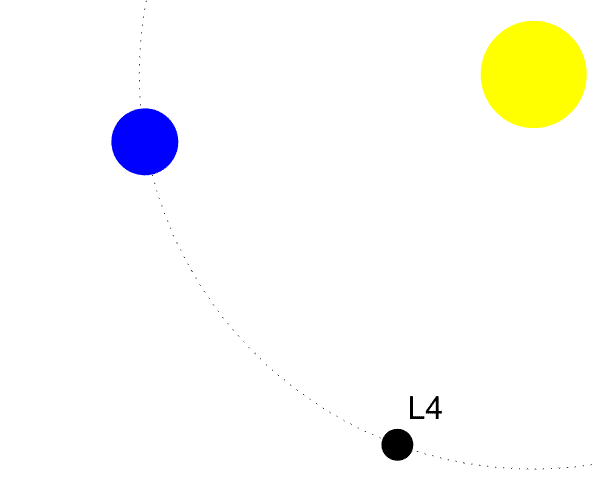
Animation of theoretical collision event between Earth and Theia and formation of Moon. (Wikimedia Commons)
Did Moon Formation Nearly Knock Earth on Its Side?
The most popular theory on the moon’s formation (giant impact theory) is that it was made from the debris left over from a violent collision between Earth and a Mars-sized protoplanet (Theia) some 4.5 billion years ago.
A new model on the moon’s formation, created by a group of researchers, suggests what caused the formation of the moon may have also knocked Earth nearly on its side for a while and caused it to spin much faster on its axis.
Findings made with the model were detailed in a new study published by the journal, Nature.
According to the study, interactions between the Earth and moon over the billions of years that followed are thought to have slowed Earth’s rotational speed to its current speed of about 1,675 kilometers per hour, at the equator, and brought the tilt of its spin axis from about 60° to 80° to its current 23.5°.
The study also suggests the moon’s tilt initially mirrored Earth’s and orbited 15 times closer to Earth than today.
It’s thought tidal actions between the two and later the sun’s gravitational influence, reduced its orbital tilt to its current 5° and pushed the moon to its current location.

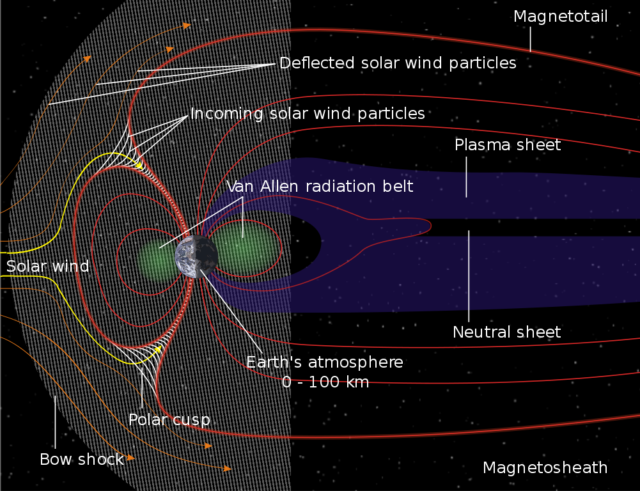
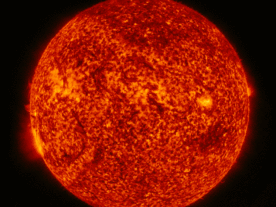




















Some stars have planets. Some planets have moons. Do any moons have objects orbiting them?